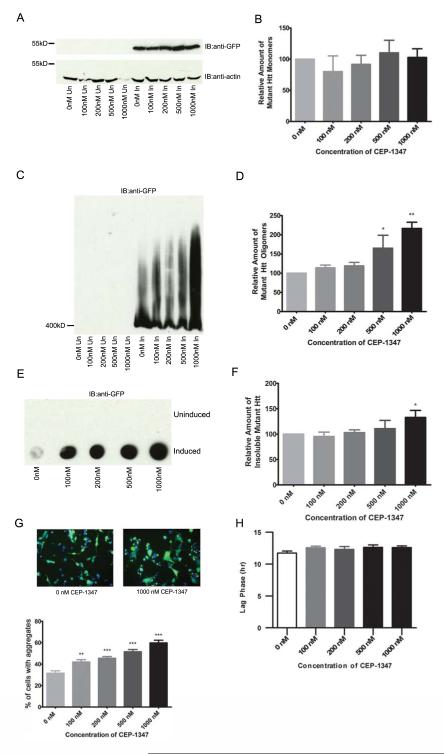Figure 5. CEP-1347 increases oligomers and SDS-insoluble Htt in a stably expressing truncated Httex1p model of HD.
A-F, 14A2.6 cells were treated with CEP-1347 at the concentrations listed for 48 hours. Cells were lysed and analyzed for different conformations of mutant Htt. A-B, SDS-PAGE analysis of lysates shows no significant difference in monomeric Htt (one-way ANOVA: F= 0.4630, P=0.7622) C-D, There is a dose-dependent increase in the level of mutant Htt oligomers (one-way ANOVA: F= 7.096, P=0.0056; Dunnett’s multiple comparison test: 0nM vs. 100nM P=n.s., 0nM vs. 200nM P=n.s., 0nM vs. 500nM P<0.05, 0nM vs. 1000nM P<0.01). E-F, CEP-1347 treatment appears to increase the amount of insoluble Htt by filter-retardation assay (one-way ANOVA: F=3.195, P=0.0415). G, 14A2.6 cells were treated with CEP-1347 at the concentrations listed for 48 hours. Cells were then fixed and the number of cells containing aggregates was counted by fluorescence microscopy. CEP-1347 treatment significantly increases the percentage of cells containing at least one visible aggregate (one-way ANOVA: F= 24.75, P=0.0019; Dunnett’s multiple comparison test: 0nM vs. 100nM P<0.01, 0nM vs. 200nM P<0.001, 0nM vs. 500nM P<0.001, 0nM vs. 1000nM P<0.001) H, Treatment with CEP-1347 does not appear to affect aggregation kinetics (one-way ANOVA: F= 1.289, P=0.2775).

